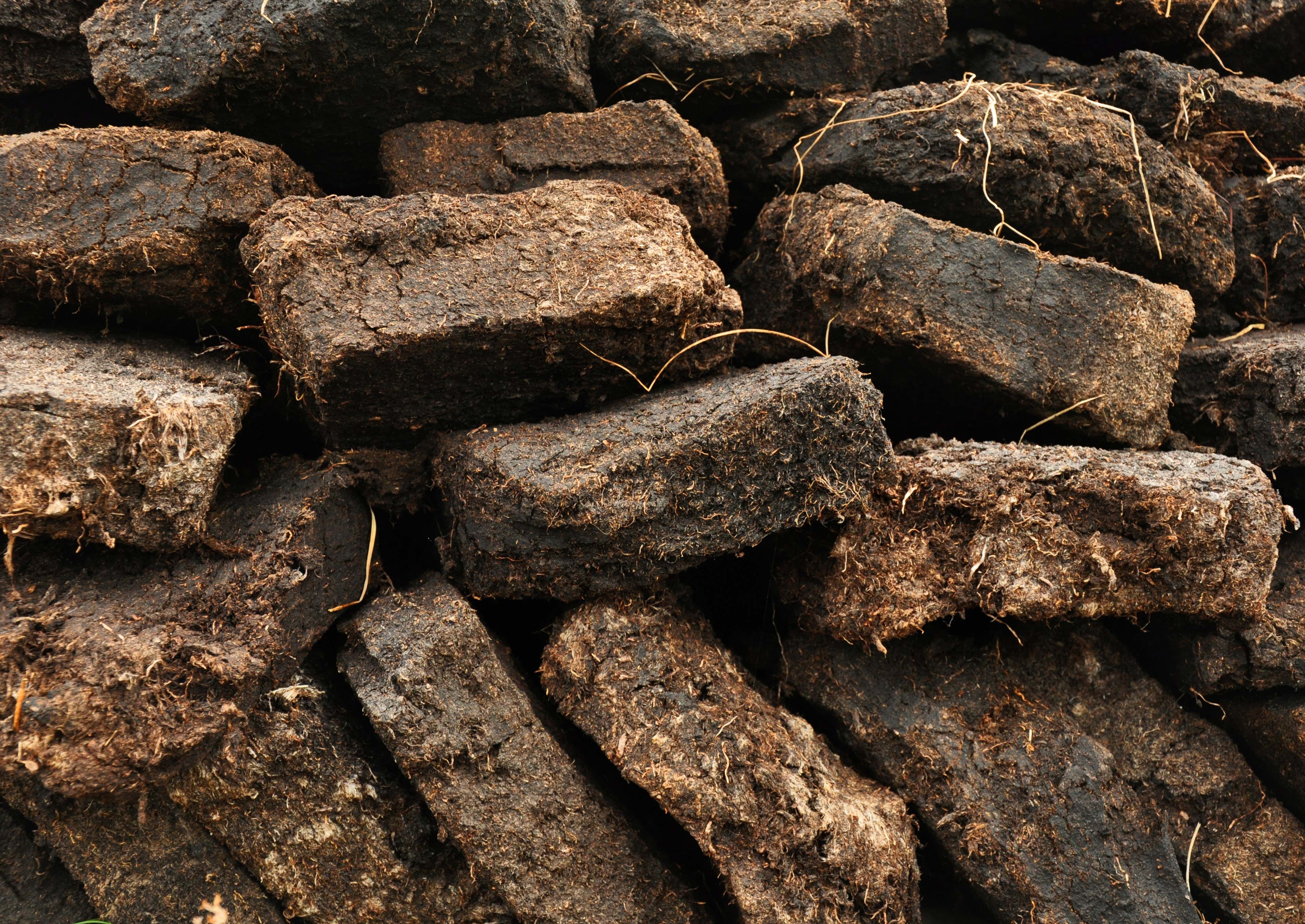Extracts as Source of Humic Substances
Humic acids are a major constituent of humic substances, which are the main organic components in soil, peat, coal, many flowing waters, dystrophic lakes and seawater.
The extracts described serve as an equivalent substitute for the natural humic substance sources to improve the starting water for aquaristics.

ALOE VERA DRY EXTRACT
Aloe vera = the true or genuine aloe (a succulent of the Liliacae family)
The variety Aloe barbadensis MILLER is the one most often used.
Aloe vera contains a balanced mixture of minerals and trace elements, protein breakdown enzymes, vitamins, bioflavonoids, (poly)saccharides and amino acids.

BLACK ALDER EXTRACT
The Black Alder (Alnus glutinosa) is a tree up to 25 m high with black bark, which is found on the edges of ditches, streams and rivers.
Small, loose supplies of them can be found in humid lowlands and swamps. The wood is durable in water and is therefore often used for the construction of jetties. Due to these properties alder wood and roots are also suited for aquaristics.

TEA EXTRACT
A packet of black tea is boiled in reverse osmosis water for 20 min. The first infusion is discarded (contains practically all the caffeine and other harmful substances).
The tea is now boiled again until it is completely exhausted, which can be recognised by the fact that the brew remains colourless. The decoction is collected in a container and aerated until the foaming stops (about 14 days, see also black alder extract). In contrast to peat extract, this tea extract is largely pH-neutral.

PEAT EXTRACT
A portion of garden peat is mixed with approx. 5 l of reverse osmosis water in a large pot and brought to the boil. As soon as the mixture boils, it is boiled further at low heat for approx. 30 min, then decanted.
The process is repeated once with another 2.5 l of water, resulting in a total yield of approx. 5 l of extract.

